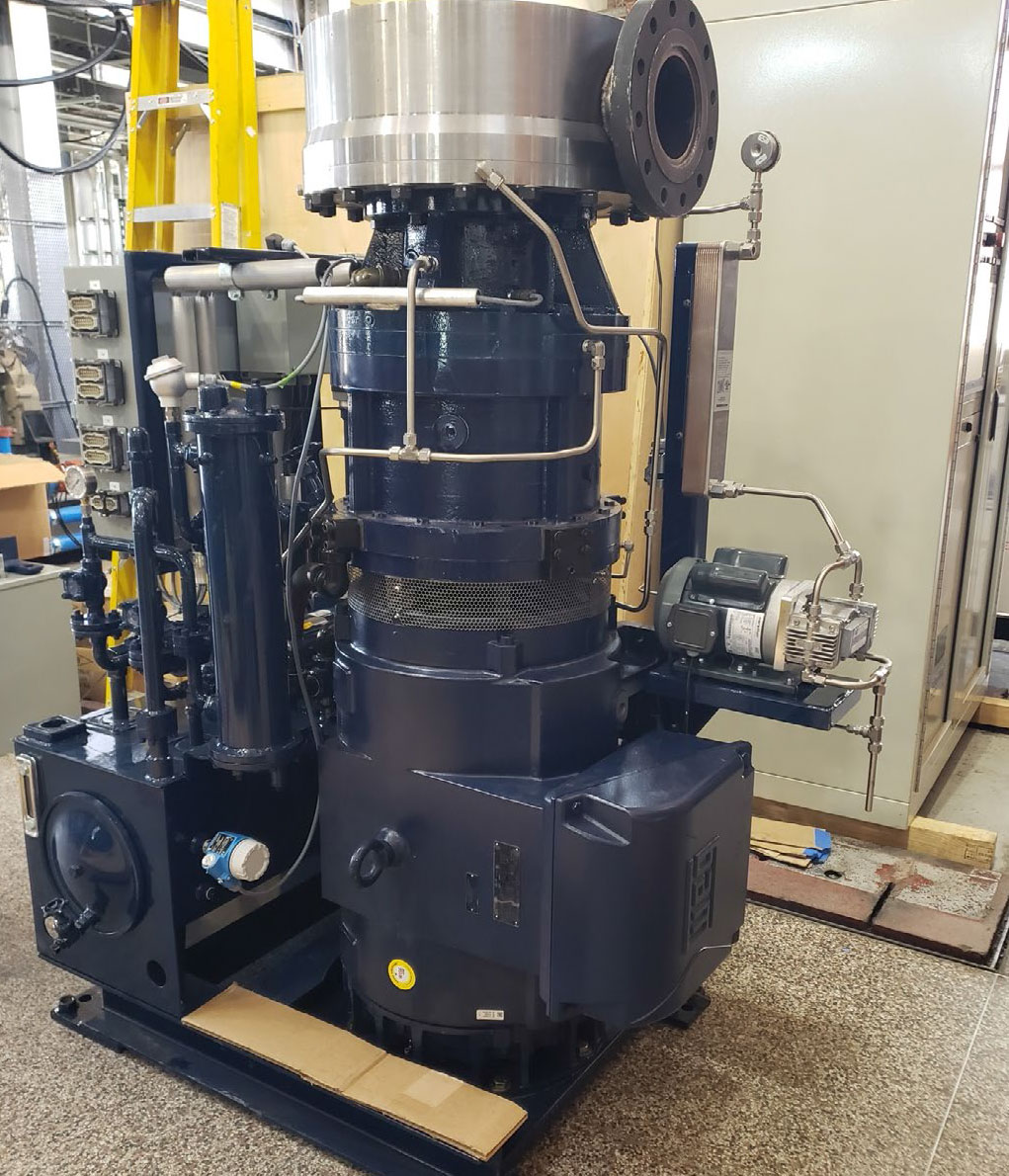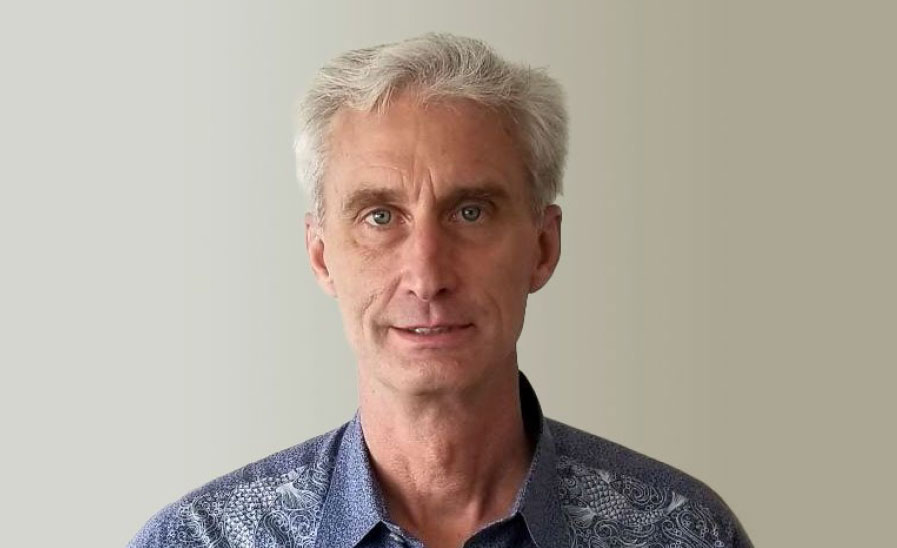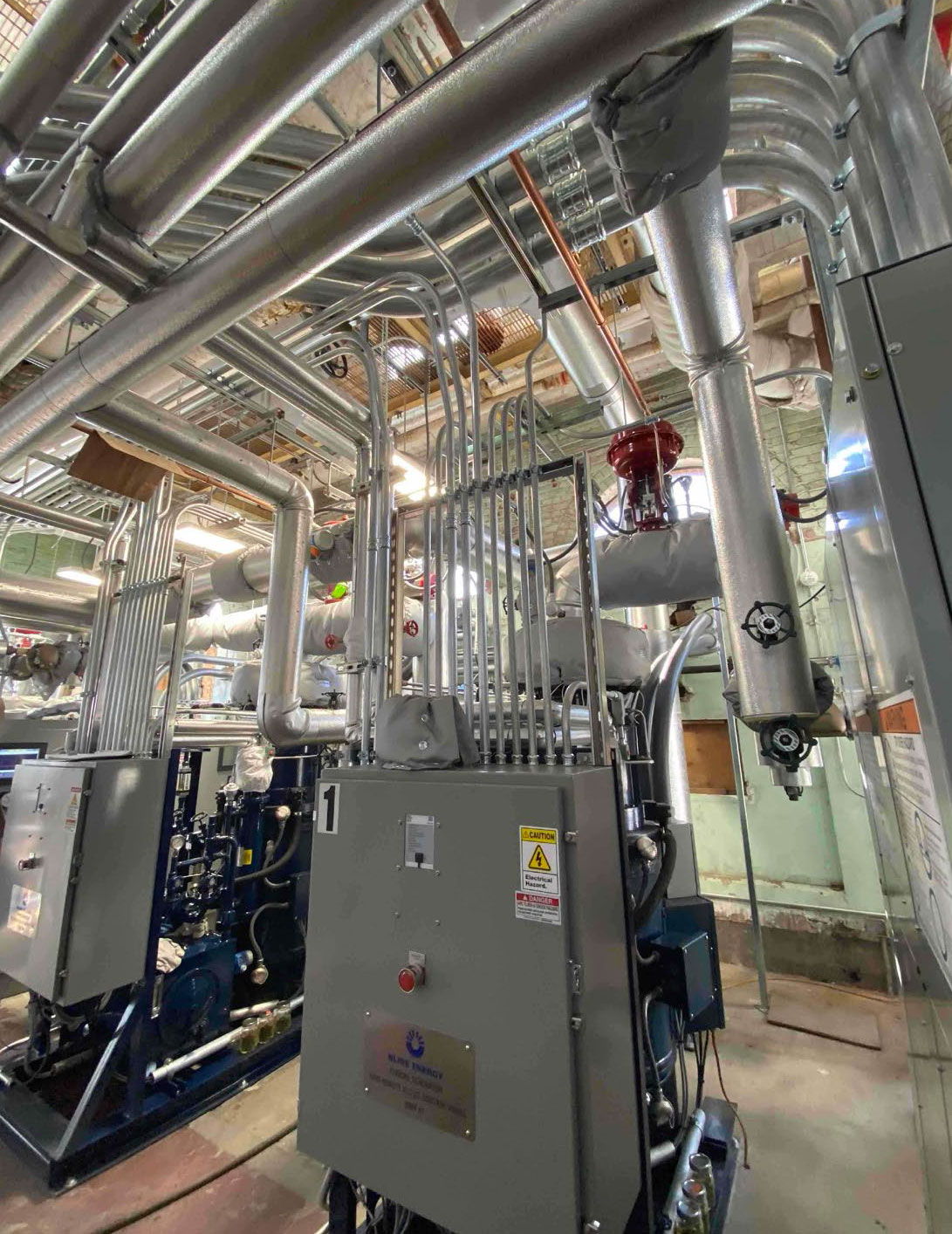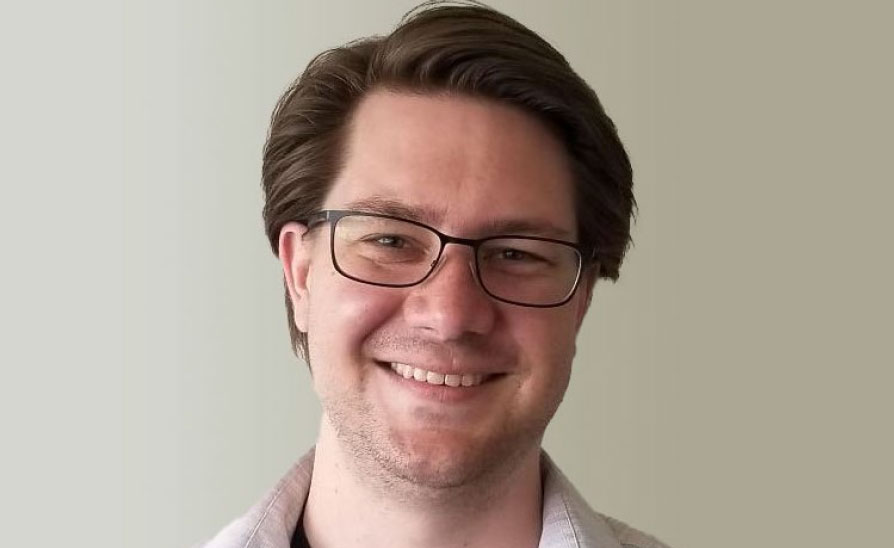How the University of Idaho maintains a resilient microgrid with NLine Energy’s Microsteam® turbine
Generating Steam with Biomass
The University of Idaho’s role in the state’s economic prosperity dates back to the university’s inception in 1889. In addition to providing high quality, accessible education, the university offers research-driven programs that have made breakthroughs in clean water, cybersecurity, healthcare, agronomics, and fire science.
Like many college campuses, the University of Idaho has a steam heating system that operates twenty-four hours a day. At the heart of the system is a steam plant that produces all the steam used to heat the buildings on the campus.
“What makes our steam distribution system unique is that it produces more than 250 million pounds of steam each year using biomass in the form of low-cost, locally sourced wood chip waste for fuel,” said steam plant manager Scott Smith.
| Key Stats | |
|---|---|
| 825 kW New Renewable Generation | |
| 15% of Campus Demand Offset | |
| 3.5 Year Payback (including Microgrid) | |

Compact Microsteam® skid fits through standard door.

This project started out conceptual with lots of unknowns, but NLine couldn’t have assembled a better team of knowledgeable people to get the job done. Their work has been truly top notch.”
Scott Smith, Steam Plant Manager
When wood chips are burned, the combustion gasses reach temperatures as high as 3,000 degrees Fahrenheit. As these gasses flow through the boiler, the heat energy transfers through the water and converts it to steam. This efficient and environmentally friendly system supports a greener and sustainable community.
Even though the system functioned as planned, the potential for energy savings was huge.
“We produce steam at a relatively high pressure and distribute it at a low pressure,” said project engineer Marc Compton. “Whenever you have a big pressure drop, that’s a great opportunity to run the steam through a turbine instead of through a valve. The way our system is designed, it was screaming for a turbine.”
The problem was that Scott and Marc couldn’t find a turbine that was small enough—or savvy enough—to turn the steam created by the system into energy.
“In addition to the energy savings, we wanted to make our energy plant as resilient as possible,” said Marc. “Sure, we have a backup generator in the building, but it’s a single piece of equipment, and if it fails, we lose power. We needed a turbine to help us create an electricity microgrid powered by steam.”
| Project Statistics | |
|---|---|
| Students | 10,251 |
| Heated Area | 3,218,231 square feet |
| Cooled Area | 2,379,131 square feet |
| Primary Boiler Fuel | Biomass |
| Inlet / Outlet Pressures | 190 psig / 30 psig |
| Steam Flow | 20-95 MLbs/hr |
| 20 Yr GHG Savings | 123,128 tons of CO2e |
| 20 Yr Net Savings | $9,917,000 |
| Annual Generation | 6,433,000 kWh |
| Generation Capacity | 825 kWe |
| Utilization Rate | 89% |
| Availability | 100% |
| Simple Payback | <4 years |

Generating Energy with a Microsteam® Turbine Microgrid
Scott and Marc scoured the industry looking to see what kind of back-pressure turbines were available as far back as 2014. They had their pick of manufacturers, but none of the traditional turbines were sized properly for the university’s application.
“Then, out of nowhere, we get a call from Nate Turner [President of Thermal Energy] at NLine Energy saying that he has the perfect solution for us,” said Scott. “He and his team met us to talk about the micro-turbine his company created.”
Scott told Nate that he had worked with his students for years on a feasibility analysis. The primary stumbling block was that the university was trying to fit its needs into what a traditional turbine could do.
After gaining a thorough understanding of the university’s needs, NLine recommended that the university install three Microsteam® turbines in parallel. That configuration maximized the power generation potential from the wide variety of flow rates throughout the year.
Scott shifted his students’ analysis and discovered that NLine’s recommendation would work much better than using a traditional turbine. “The more we looked into using several smaller turbines, the better the solution seemed to be,” said Scott.
NLine installed the university’s new energy system in 2022. Instead of using the traditional approach of working with a handful of contractors who would be responsible for different aspects of the installation and implementation, NLine streamlined the project and handled everything from start to finish to ensure success.
“Today, our system is truly resilient,” said Marc. “If the power goes out on the city’s utility grid, the control systems for our turbines kick into gear and isolate the plant. The turbines keep spinning, and the boilers keep running. And, no one in the plant or on campus ever really notices. When the city’s grid comes back online, our microgrid resumes energy production at a level that pushes our unused energy to the university’s grid.”
Results

If a university or organization has a need similar to ours, it should absolutely work with Nate and NLine. Anyone using a steam system with enough pressure could do what we’re doing—or continue to waste energy.”
Marc Compton, Project Engineer
Do you have steam? Would you like to make clean, renewable power? Give us a call! Our experts can instantly assess your opportunity.

Nate Turner, Chief Commercial Officer
Do you have steam? Would you like to make clean, renewable power? Give us a call! Our experts can instantly assess your opportunity.
